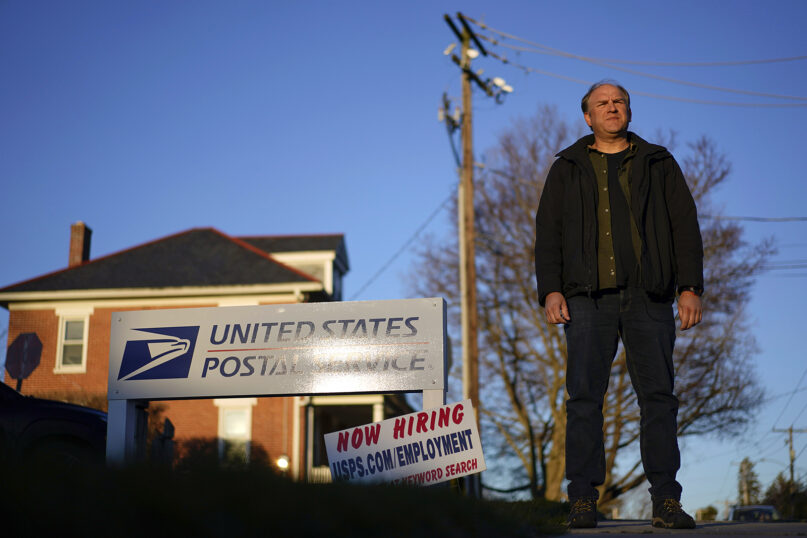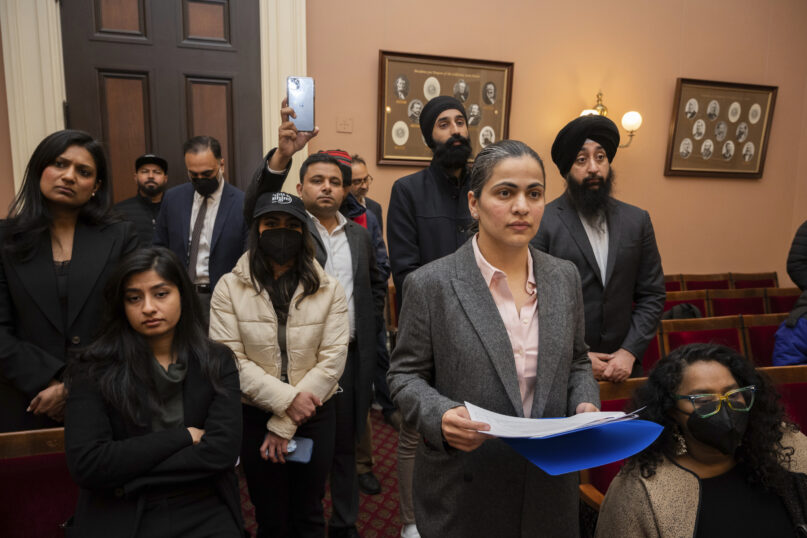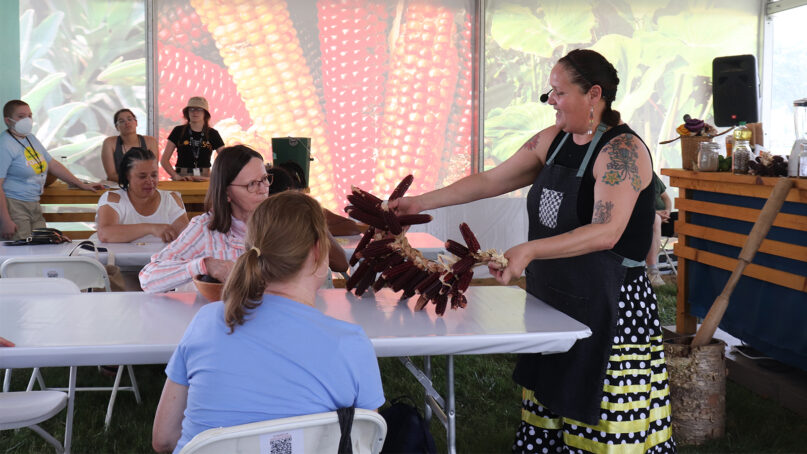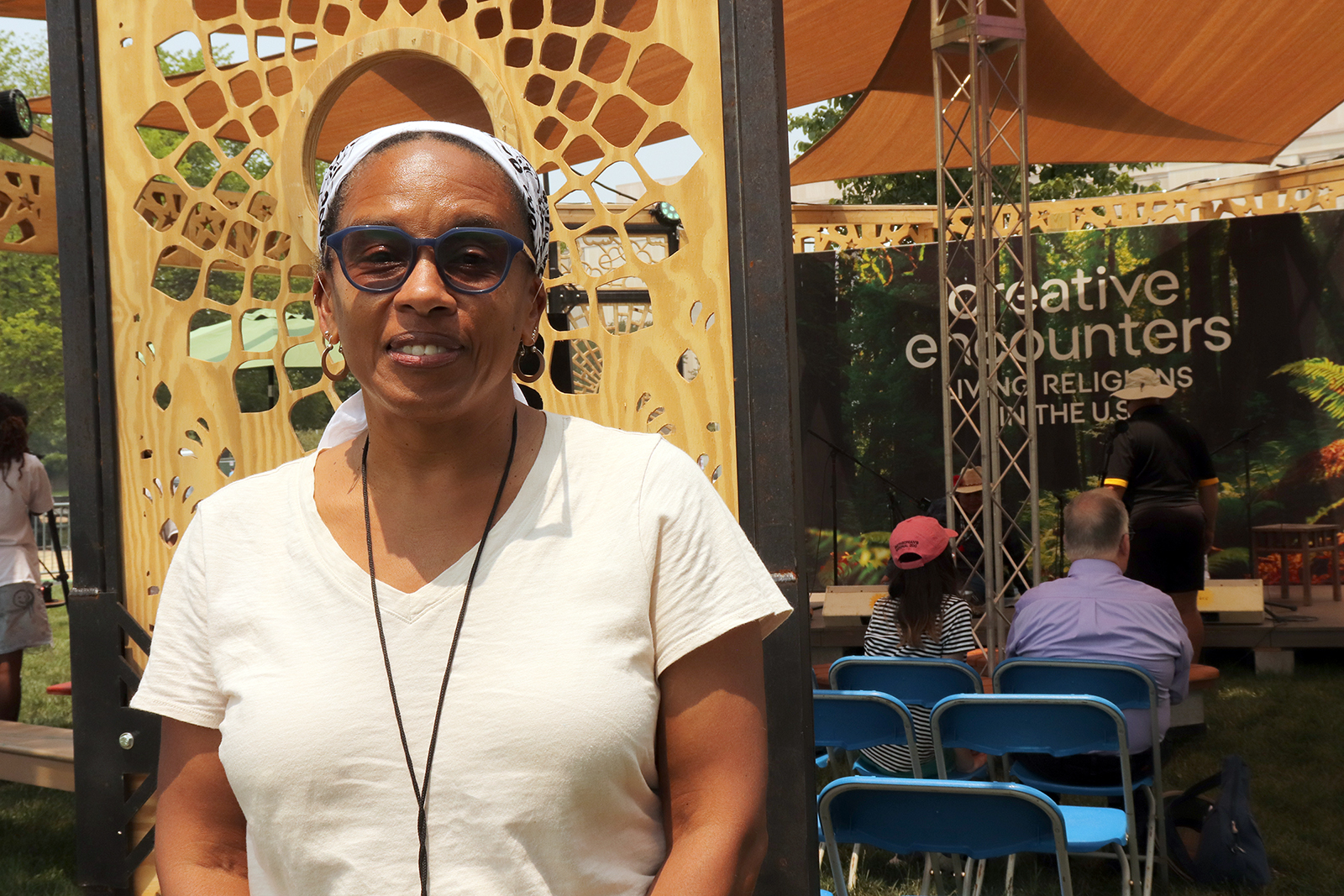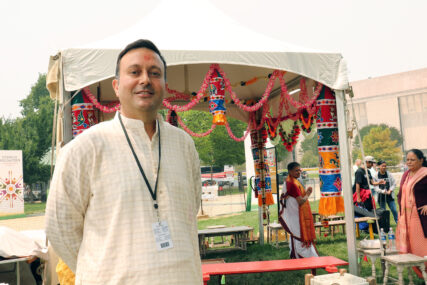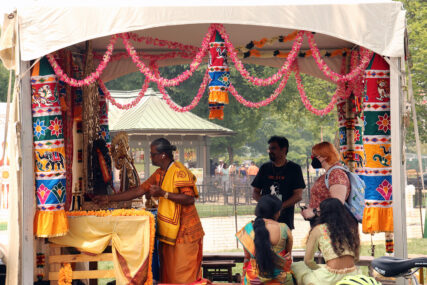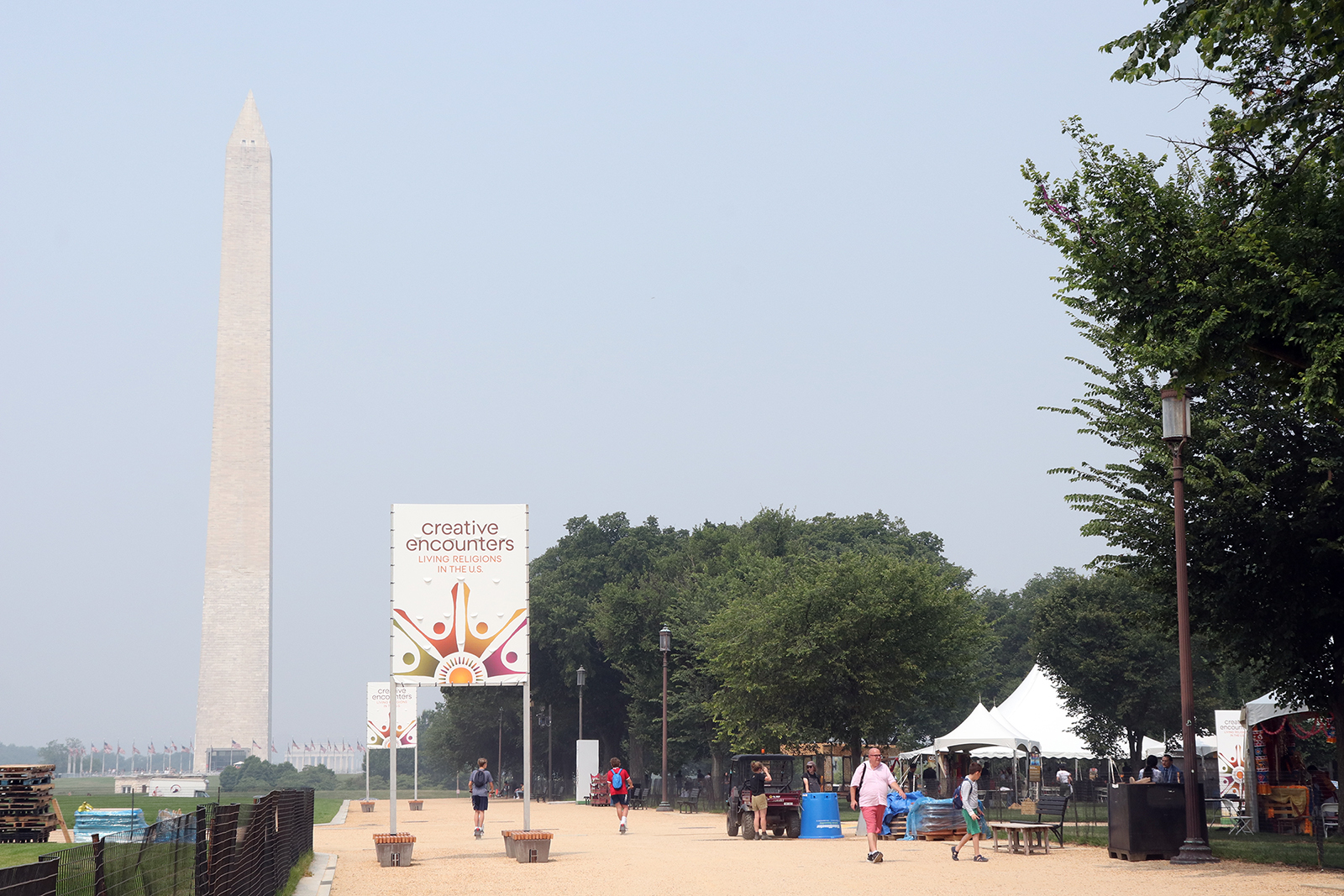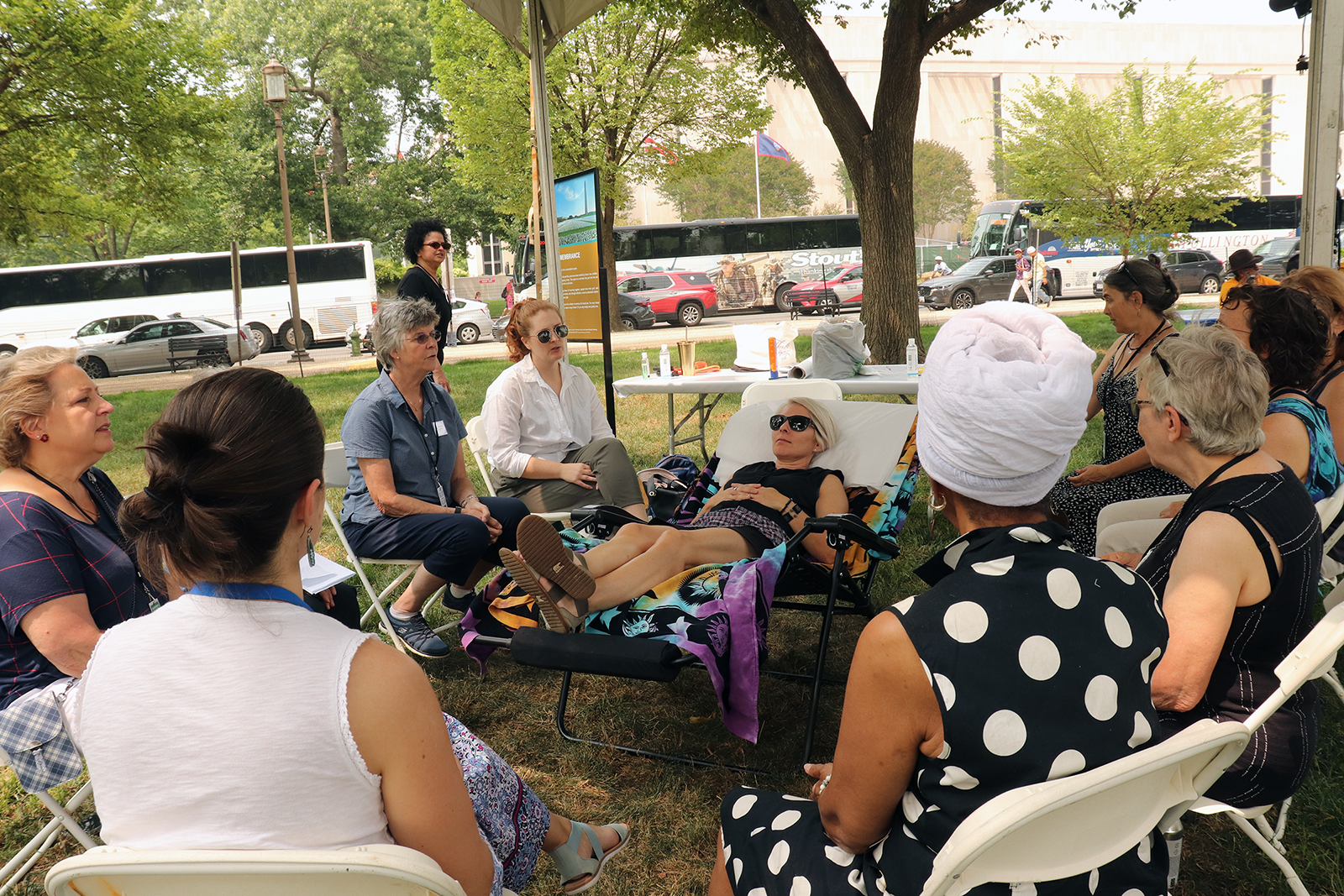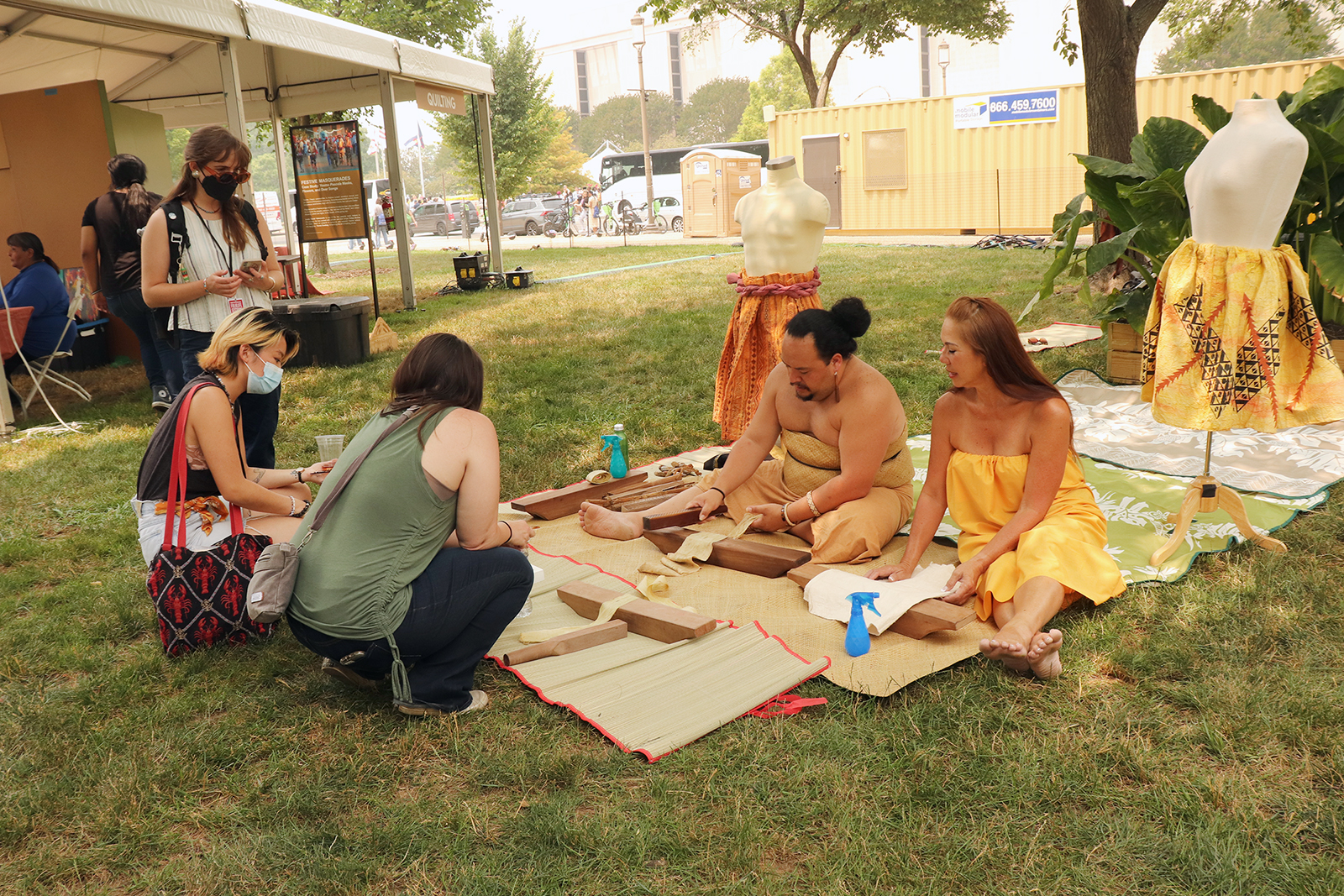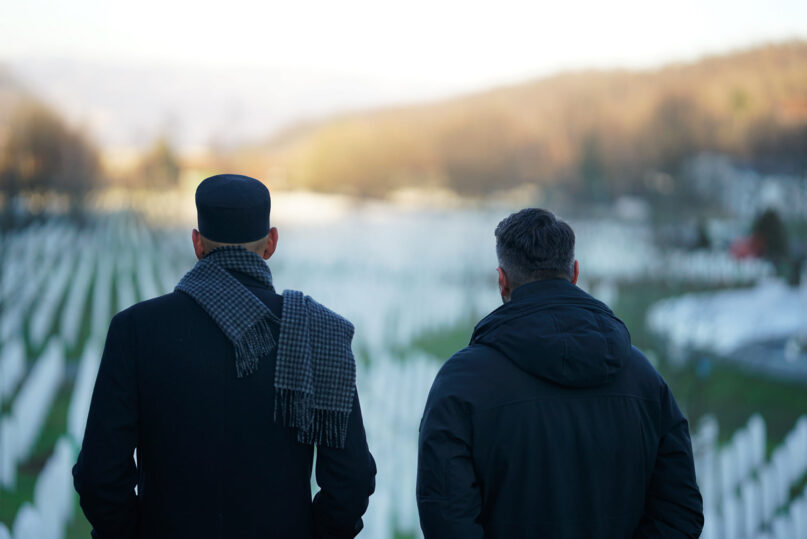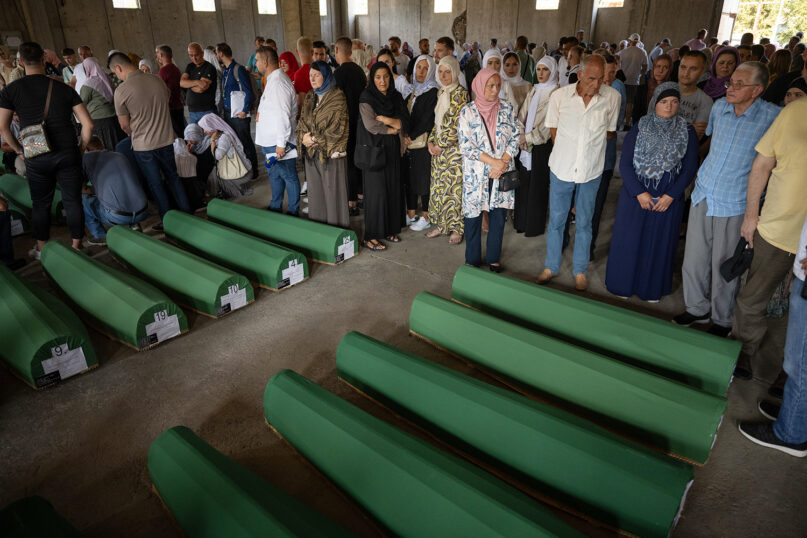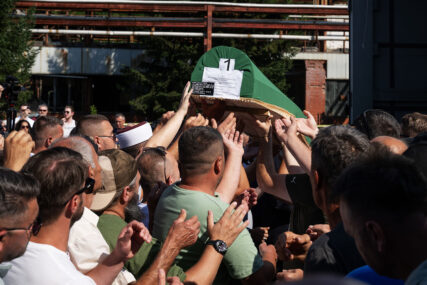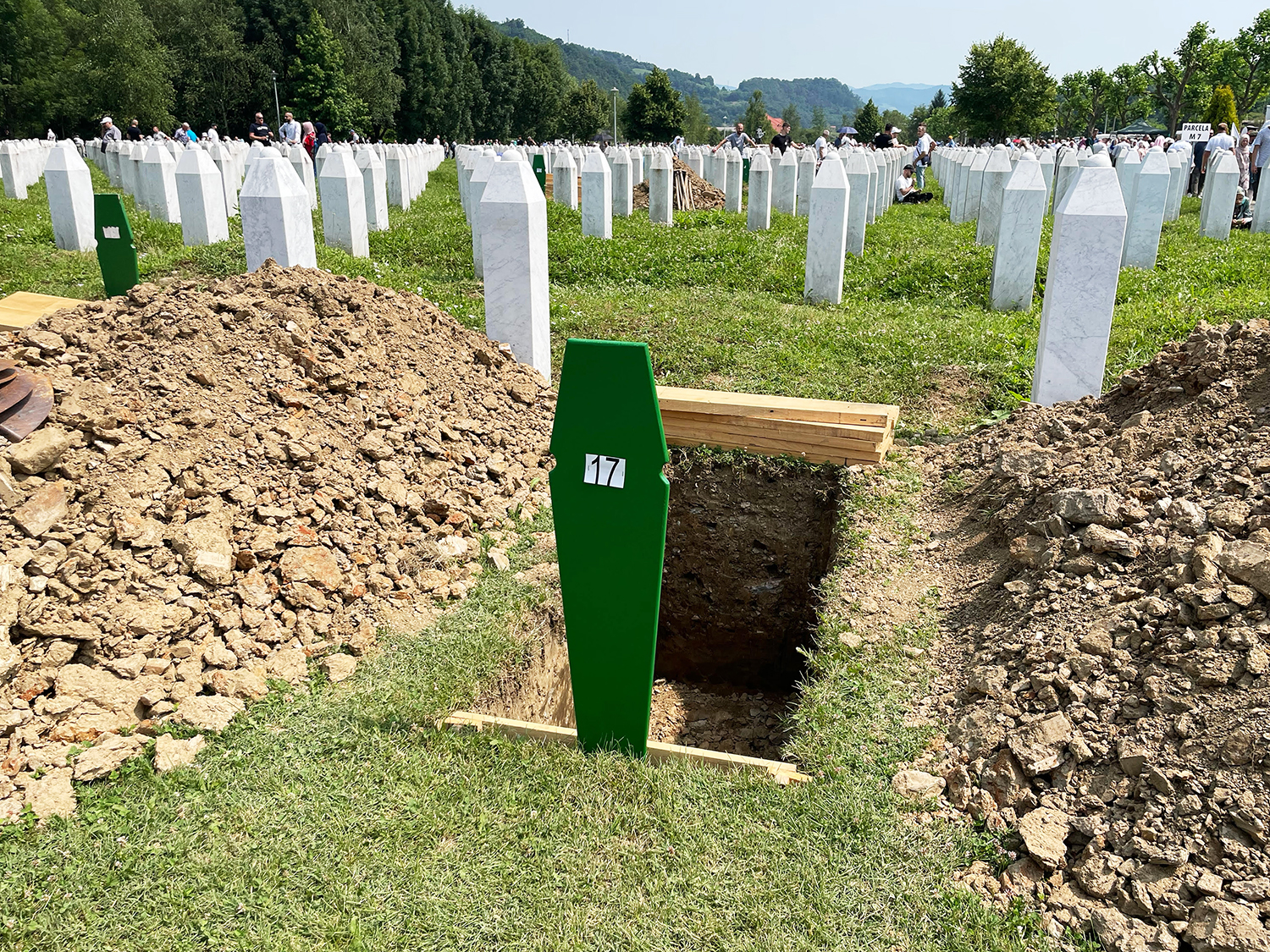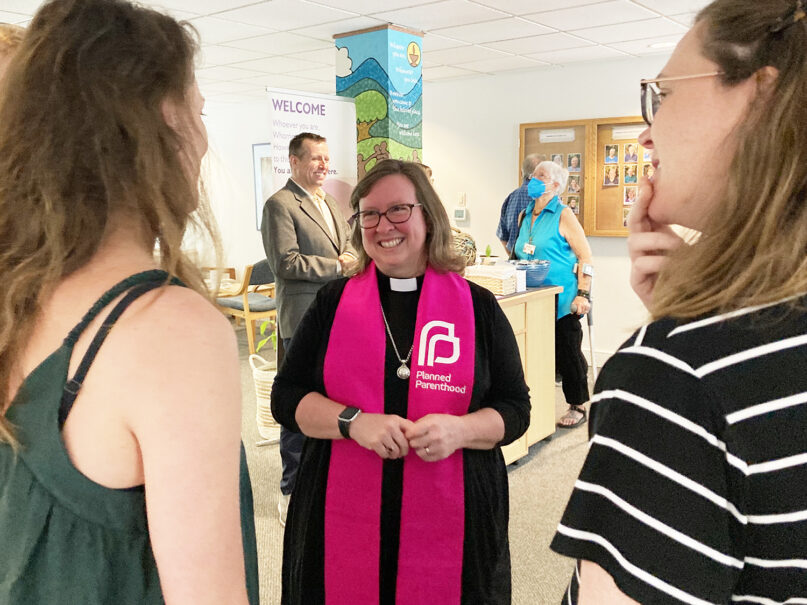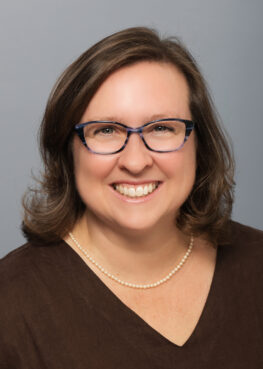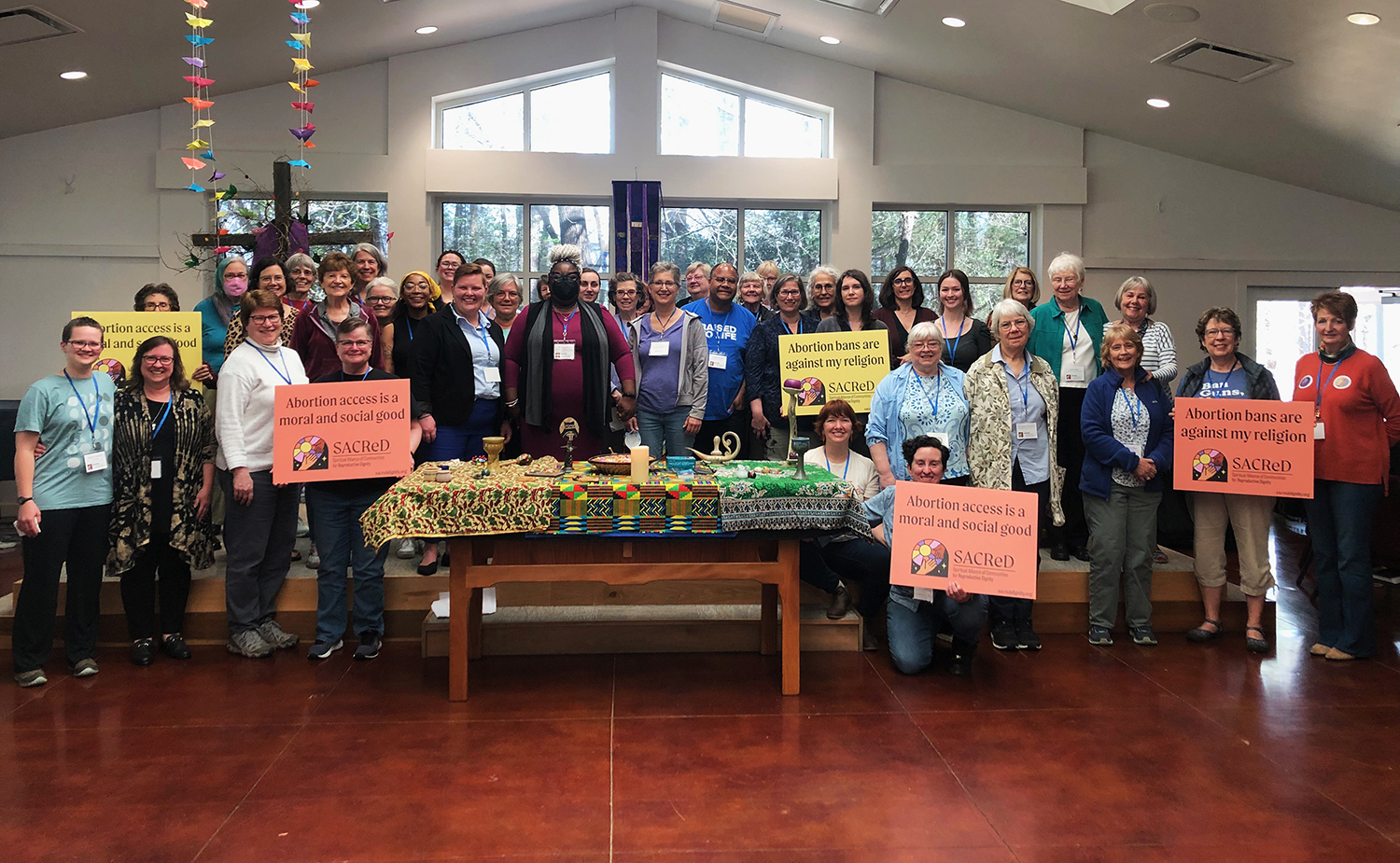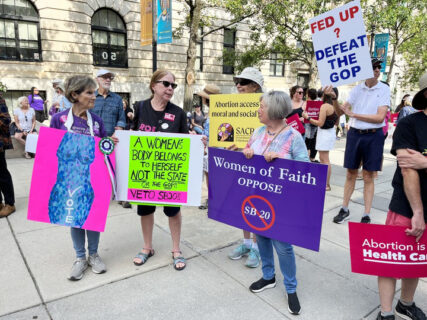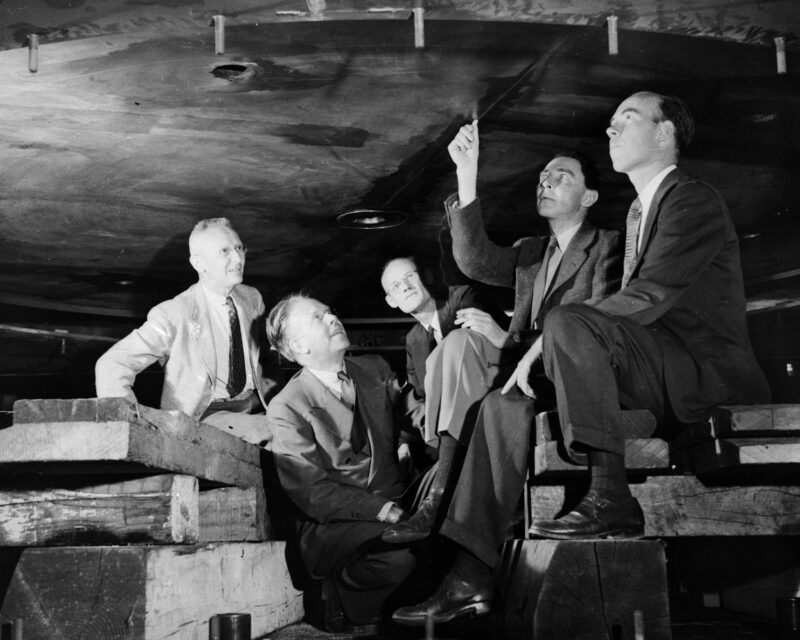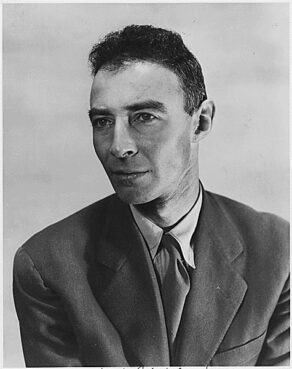The quote, which was falsely attributed to Patrick Henry, originated in a 1956 edition of a magazine known for espousing antisemitic and white nationalist beliefs.
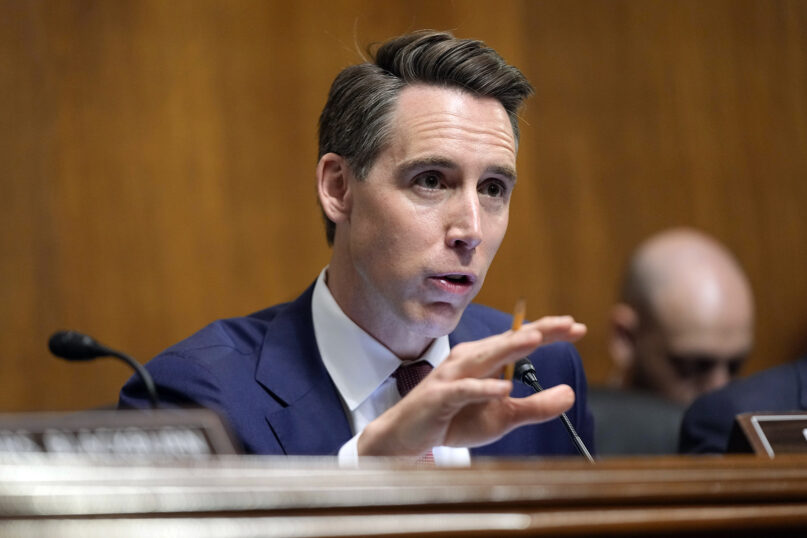
U.S. Sen. Josh Hawley, R-Mo., ranking member of the Senate Judiciary Subcommittee on Privacy, Technology and the Law, speaks during a hearing on artificial intelligence, May 16, 2023, on Capitol Hill in Washington. (AP Photo/Patrick Semansky, File)
July 6, 2023
By Jack Jenkins
WASHINGTON (RNS) — Missouri Sen. Josh Hawley is fielding allegations of Christian nationalism this week after he tweeted out a quote falsely attributed to a Founding Father claiming the U.S. was founded “on the Gospel of Jesus Christ” and later tweeted out a thread of other quotes along similar lines.
The controversy began on Tuesday (July 4), when Hawley marked the U.S. celebration of Independence Day with a tweet erroneously quoting Patrick Henry, the Founding Father known for his declaration “Give me liberty or give me death!”
“It cannot be emphasized too strongly or too often that this great nation was founded, not by religionists, but by Christians; not on religions, but on the Gospel of Jesus Christ,” read the quote. “For this very reason, peoples of other faiths have been afforded asylum, prosperity, and freedom of worship here.”
As others were quick to note, Patrick Henry never said those words. Rather, as Willamette University professor Seth Cotlar pointed out, the quote appears to originate from a 1956 edition of The Virginian, a magazine known for espousing antisemitic and white nationalist views.
Prem Thakker, writing for liberal outlet The New Republic, derided the tweet as a “vessel to rear for Christian nationalism.”
Despite the criticism, Hawley has not yet deleted the inaccurate tweet. Instead, the Republican senator claimed in a tweet on Wednesday that liberals were “major triggered by the connection between the Bible and the American Founding,” and proceeded to post six quotes from early U.S. leaders that tied the founding of the country to Christianity.
Among them is a quote from an address delivered by John Quincy Adams in 1837, in which he declares, “Is it not that the Declaration of Independence first organized the social compact on the foundation of the Redeemer’s mission on earth? That it laid the cornerstone of human government upon the first precepts of Christianity … ”
Hawley also cited Daniel Webster as saying “I have heretofore argued to show that the Christian religion — its general principles — must ever be regarded among us as the foundation of civil society.”
The quotes — which, unlike the original tweet, appear to be correctly attributed — promote a historical argument popular among purveyors of Christian nationalism that the U.S. was founded as a Christian nation.
It’s also an argument Hawley has increasingly embraced in public, such as during a speech titled “Biblical Revolution” at the National Conservatism conference in September.
“We are a revolutionary nation precisely because we are the heirs of the revolution of the Bible,” Hawley said during the speech.
He later added: “Without the Bible, there is no modernity. Without the Bible, there is no America.”
Hawley’s office did not respond to a request for comment about the misattributed quote, or field questions regarding his views on Christian nationalism.
America was never a Christian nation: Constitutional attorney demolishes right-wing myths about the Founding Fathers
PAUL ROSENBERG, SALON - COMMENTARY


